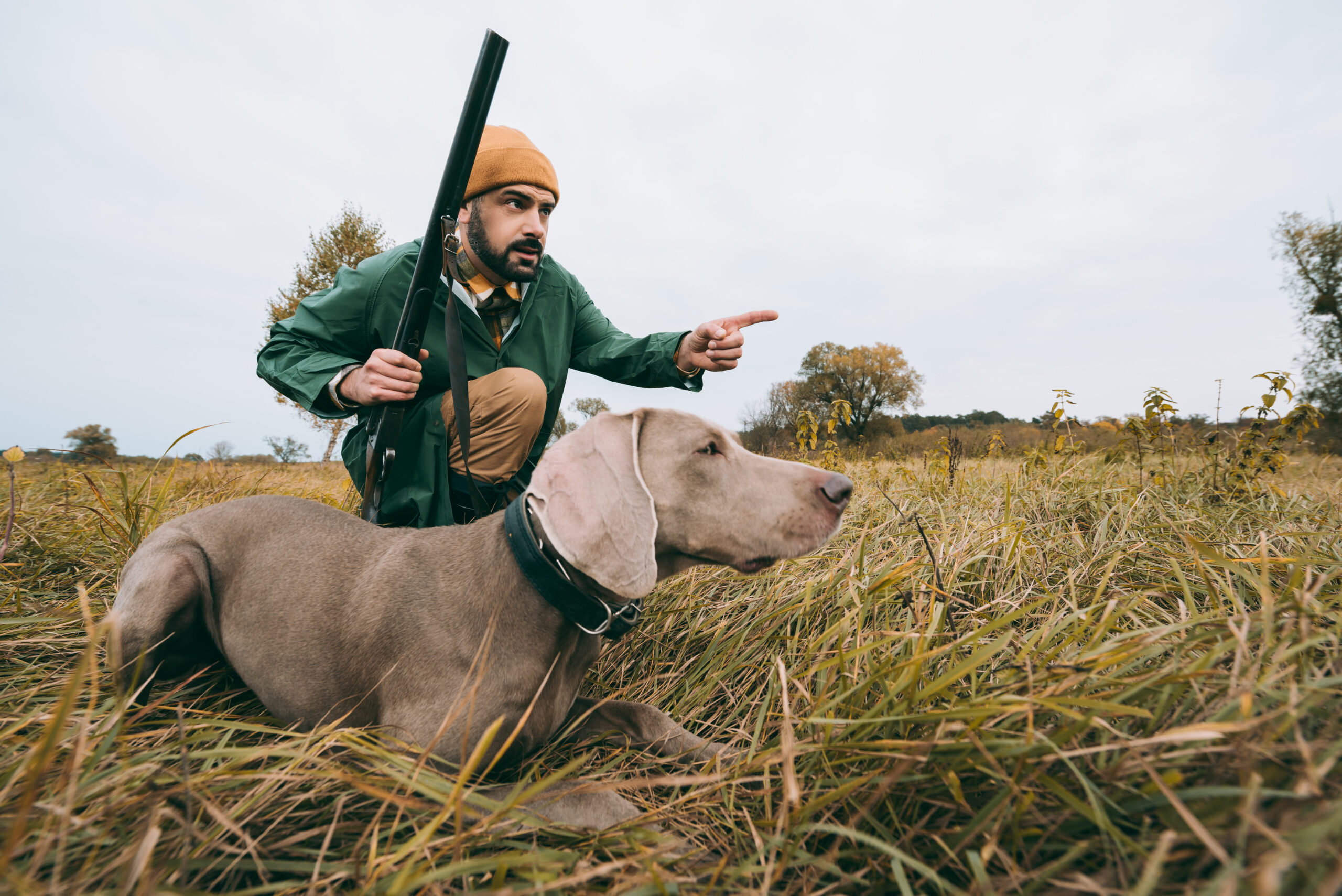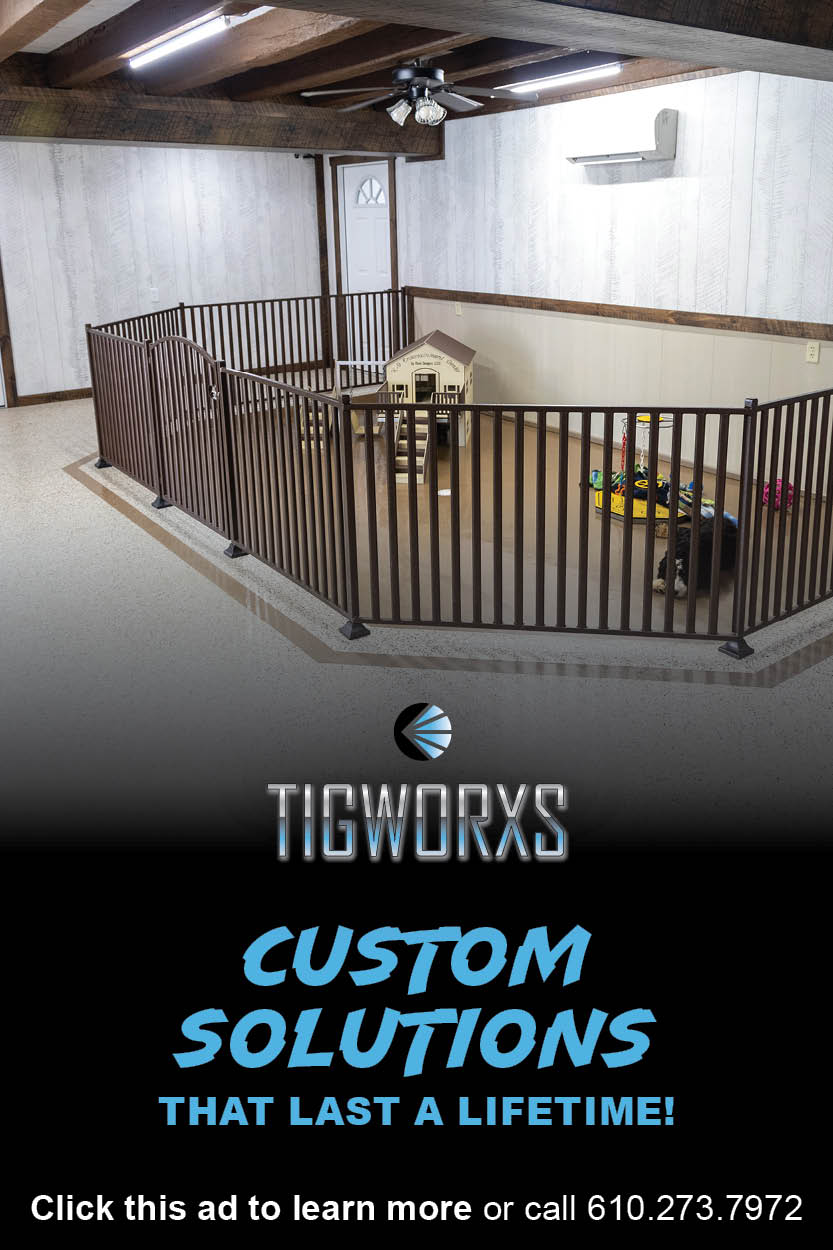A knowledgeable trainer understands that meaningful rewards given in a timely basis are the key to developing a tail wagging pupil that exhibits stellar compliance in the field and at home. The other half of the equation for success to developing a dog that gives an effort to comply is to correct for a lack of effort to comply to a known command. Accepting inconsistent responses to commands, begging a dog to obey by repeating the command over and over, or in any way reinforcing disobedience in the dog’s mind by rewarding the dog for giving the proverbial finger will not develop reliability or success.
An in-depth understanding of avoidance training is mandatory if a trainer expects to develop a dog that reliably exhibits proper bird manners, hunts in control and in range, and recalls upon command. In my opinion these are mandatory bible rules for a four-legged hunting companion. Additionally, I prefer a pointing breed to be steady to wing and shot, back with style, and retrieve with a soft mouth. For the flushing and retrieving breeds I desire sound line manners, retrieve on command, sit/hup reliably at a distance, stop upon command on running birds, and perform blind retrieves. That said if a dog, no matter what the breed, hunts in range, exhibits acceptable bird manners, and recalls, the owner can have a great day in the field or blind.
The e-collar is simply a tool allowing the handler to correct a dog at a distance within the all-important time frame of establishing cause and effect. The behavior is the cause and the reward or correction is the resulting effect. It is important that the dog associates that the undesired behavior is the cause of the negative reinforcement. Therefore, the effect, whether positive or negative, must be received by the dog within close proximity to the time the behavior occurred. I believe the effect should follow the cause within three to five seconds to maximize the learning. If the trainer is incorporating marker training in the training where the behavior was identified to the dog before the reward or correction was presented the three to five second guideline can be longer. In simple terms without marker training such as the clicker, if the dog was commanded to recall and disobeyed the correction, should ideally follow within five seconds.
The command should not be given twice.
The objective is not to get the dog to eventually respond. The objective is to train the dog to respond with excellence the first time the command is given. I believe that the only way to train a dog to respond at a distance while off lead is to incorporate the e-collar into the generalization process.
Generalization means the dog is taught to respond in different places, at different distances, and in the face of distractions. In the case of a hunting dog, we are requiring a predator to obey in the arena with his prey. It is pie in the sky to believe a dog can be trained to a high standard if Fido is not corrected in a timely manner for intentional infractions. There is no more effective tool than the e-collar to achieve reliability in the hunting arena.
However, before strapping an e-collar on a dog and stimulating him in the field I strongly recommend teaching the dog how to turn the stimulation off and subsequently learning how to avoid the stimulation altogether. This is true in my opinion for all avoidance training, not just with an e-collar. First teach the dog what the command means and what is expected of him in yard training. I use clicker and reward training to initially teach the dog to respond. Once the dog understands what the command means and responds “somewhat’ reliably in order to get a reward I move to teaching avoidance training.
I normally start with kennel training as the first place I teach the dog how to turn the stimulation off is by going into the kennel. The next step is teaching him he can avoid the stimulation all together by going into the kennel upon command. He is then rewarded for complying as well as avoiding the negative reinforcement. I will teach the recall and the whoa/sit/hup commands in the yard training before graduating the dog to generalization. I am simplifying the steps here. Our Great Beginnings DVDs demonstrate in depth how we introduce the e-collar and avoidance training. The DVDs can be purchased from Pointing Dog Journal and Retriever Journal, various retailers, as well as on online at my website www.georgehickox.com.
The summer is the perfect time to complete the yard work and then generalize before hunting seasons arrives. Today’s e-collars offer low level stimulation and are great teaching tools. In my opinion the new e-collars currently offered are much better training tools than the trash breaking “HOT’ collars of years past. Remember the only short cut to training a dog is to do it right from the beginning. Have fun!






